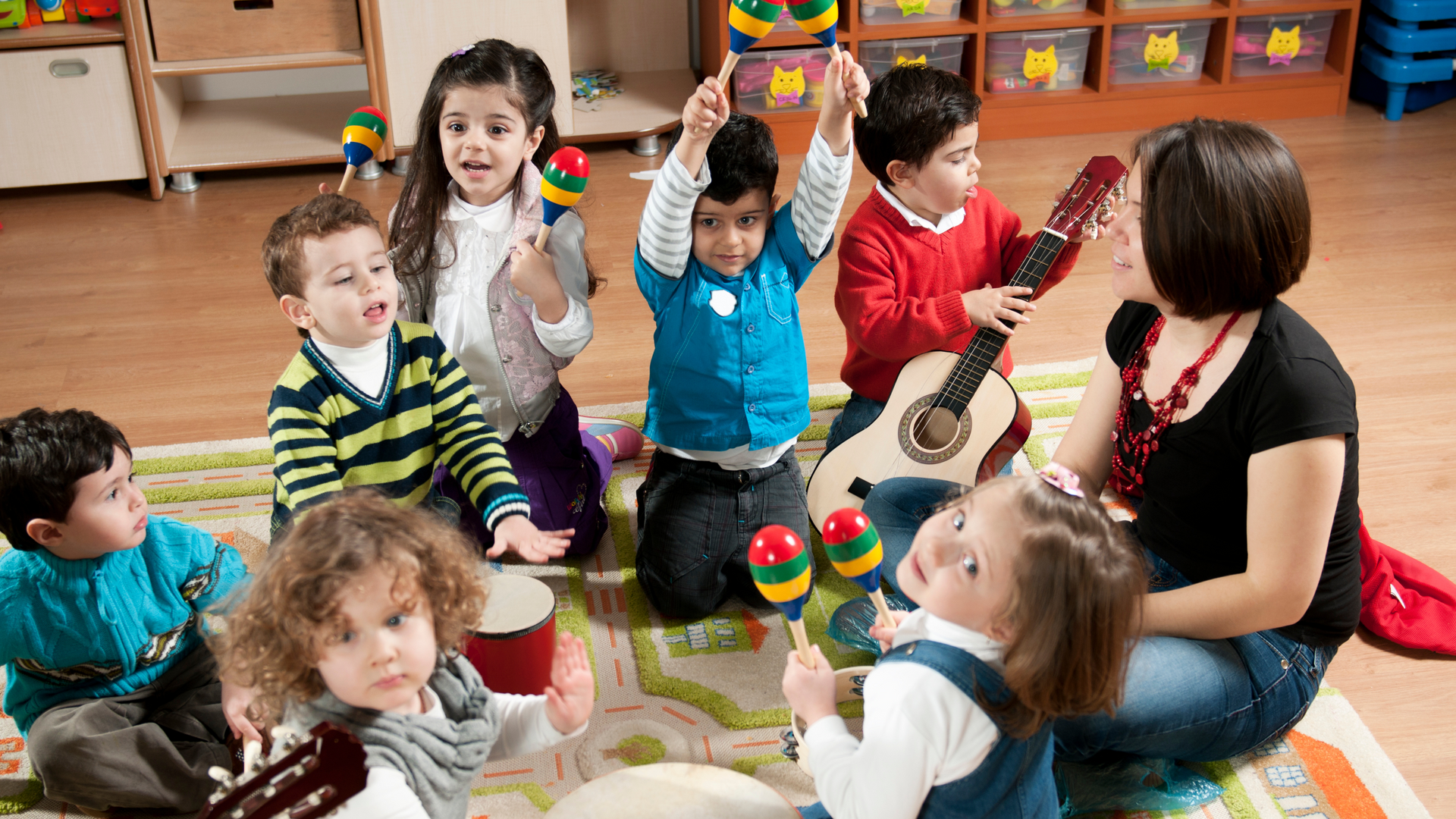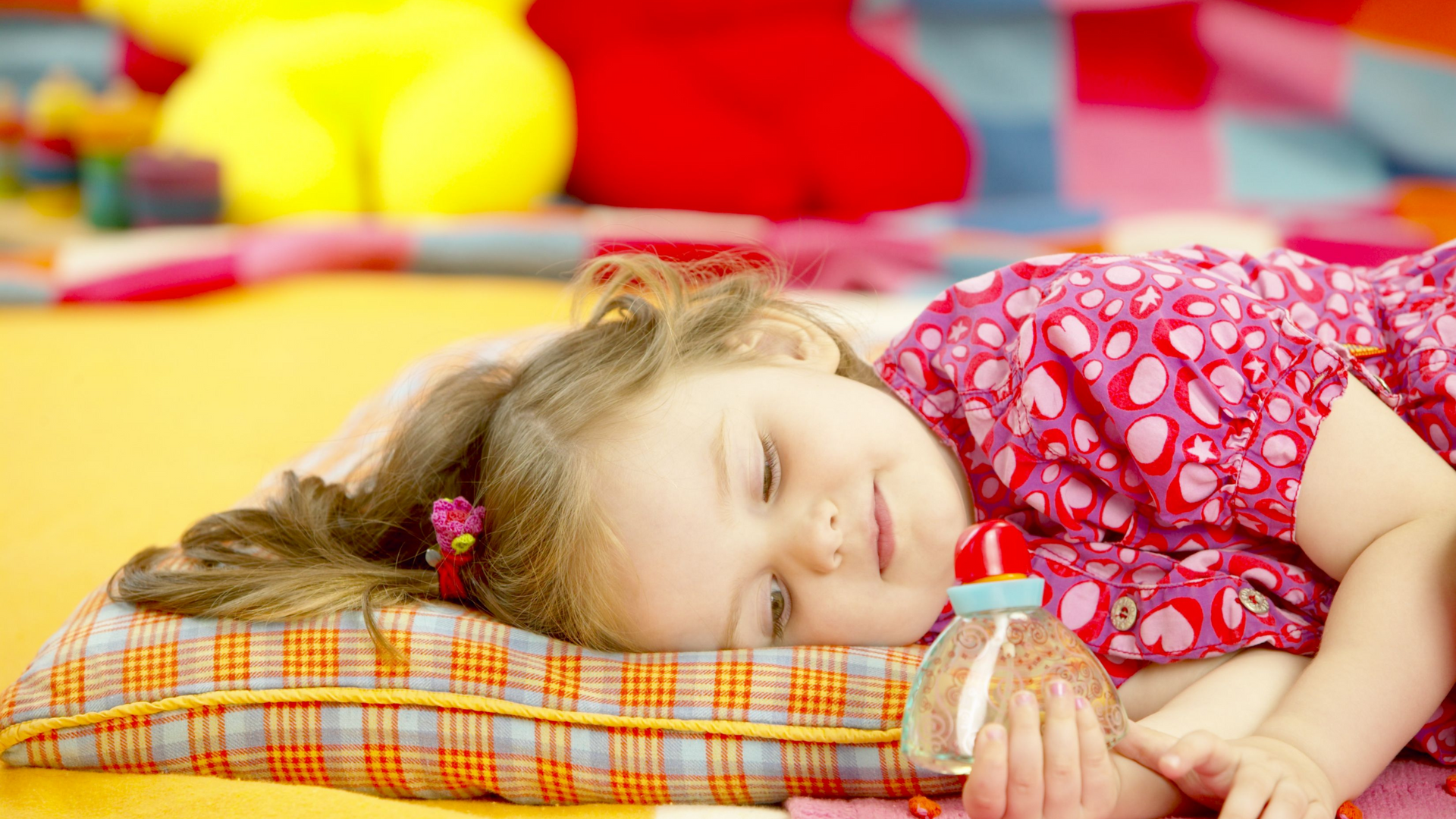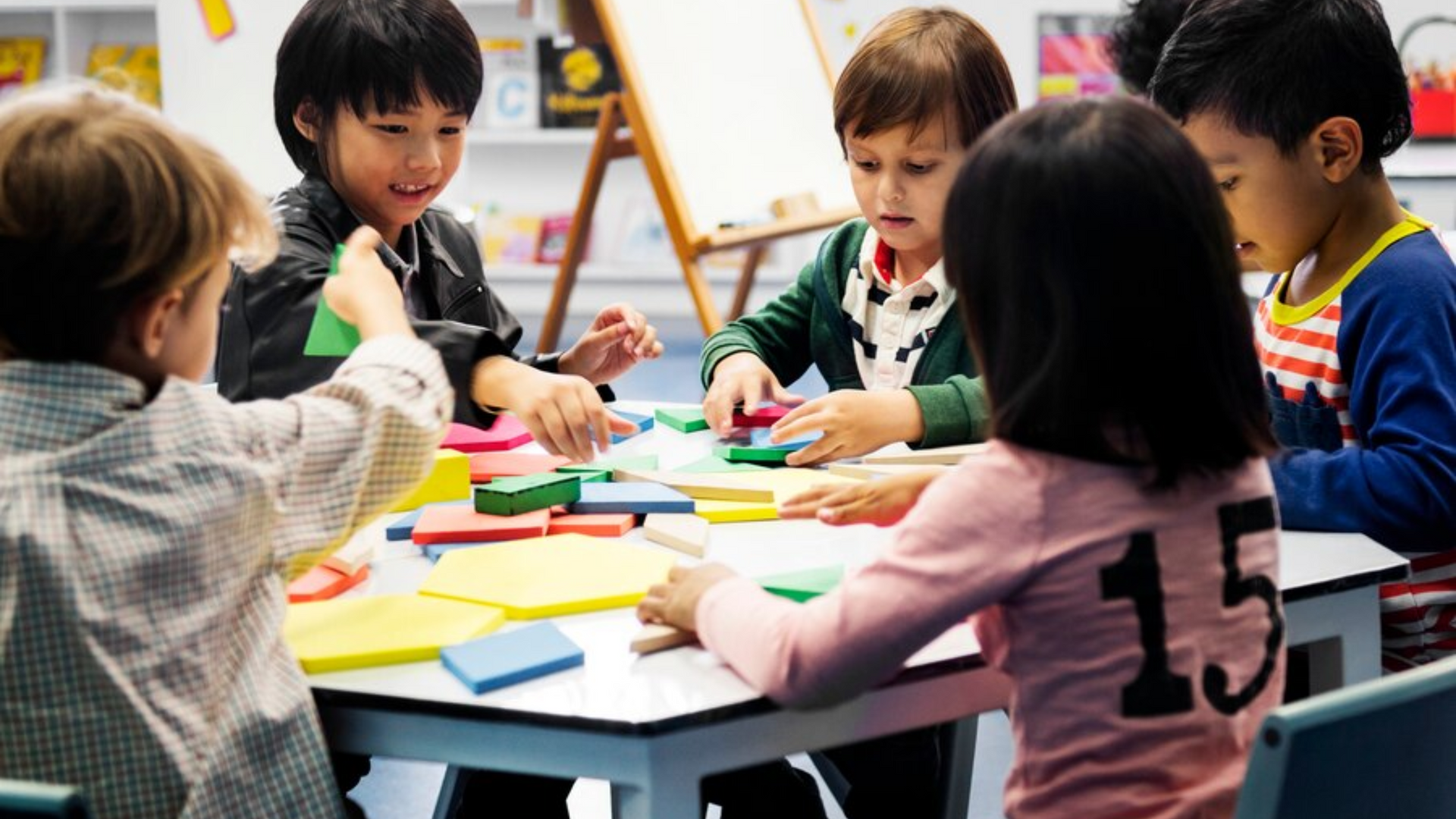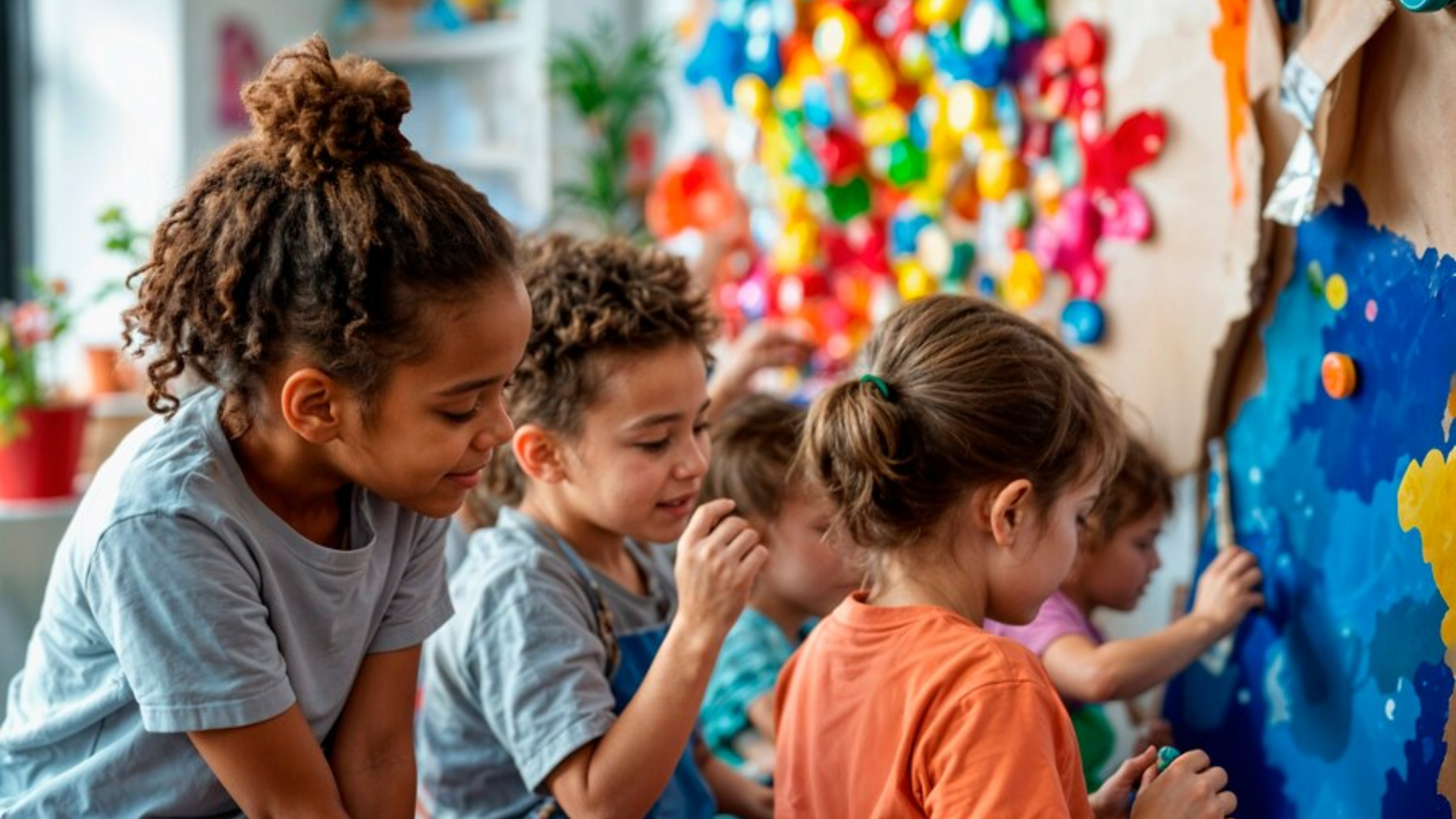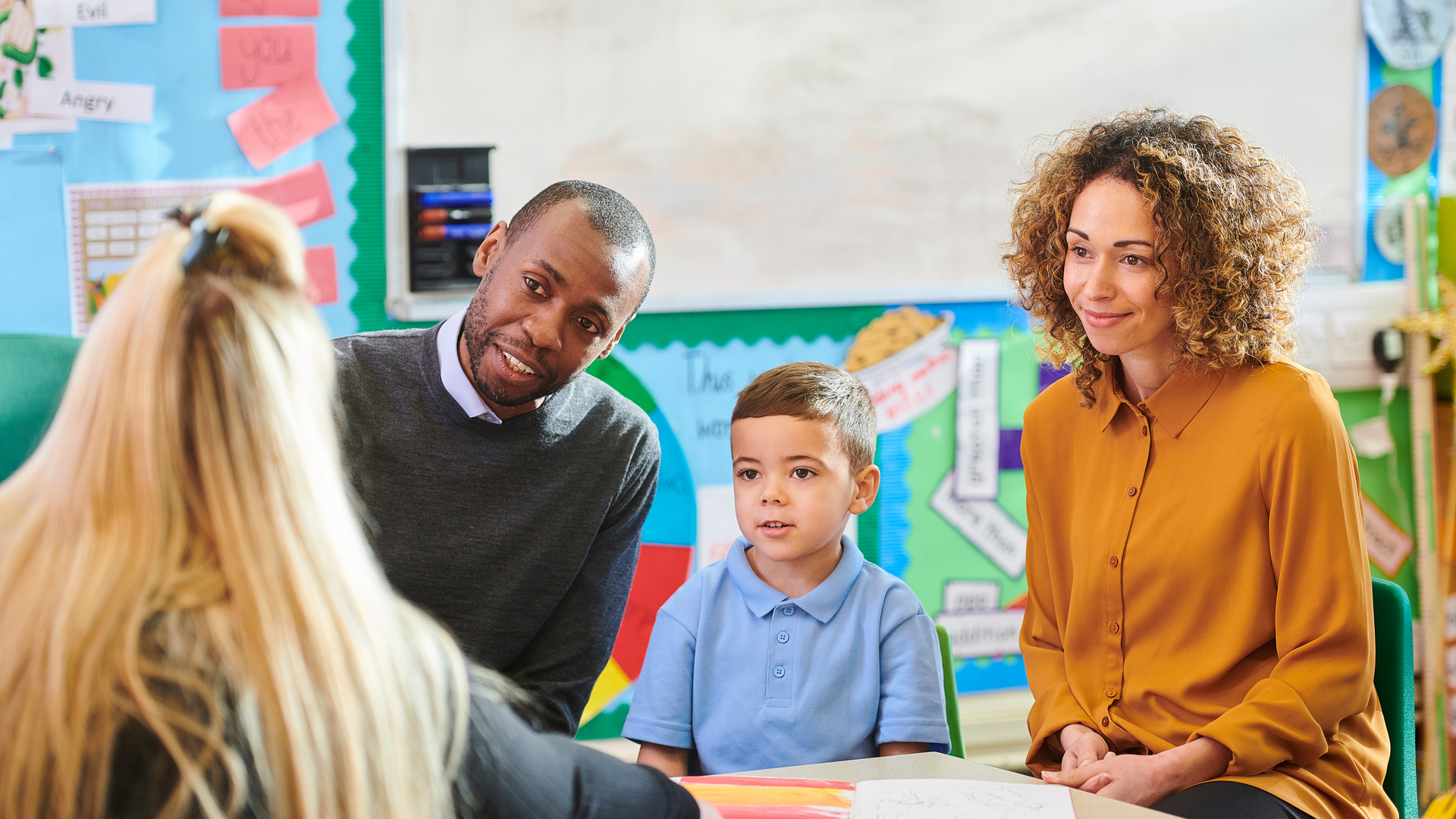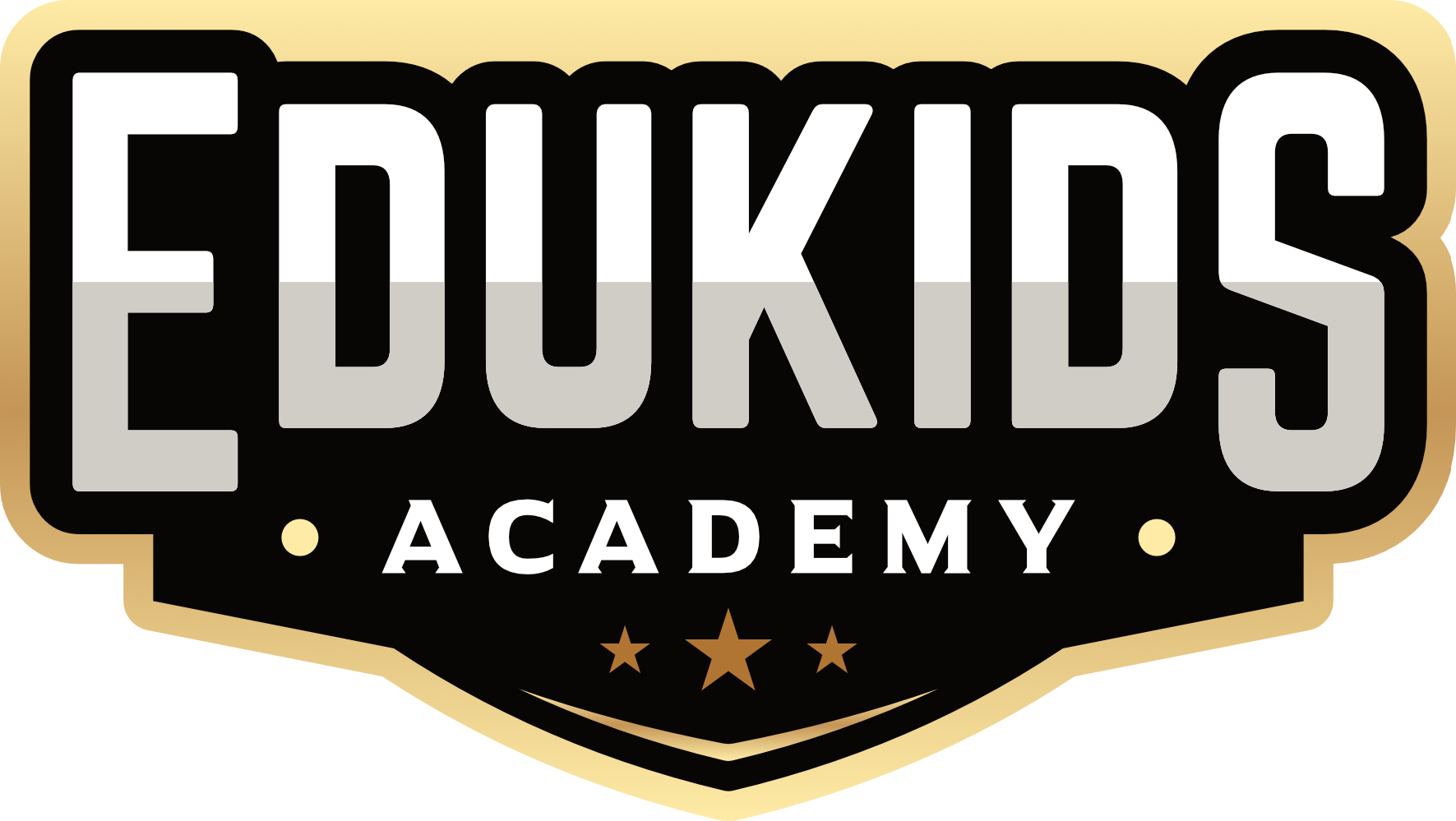Celebrating Diversity: Teaching Inclusion and Respect from a Young Age
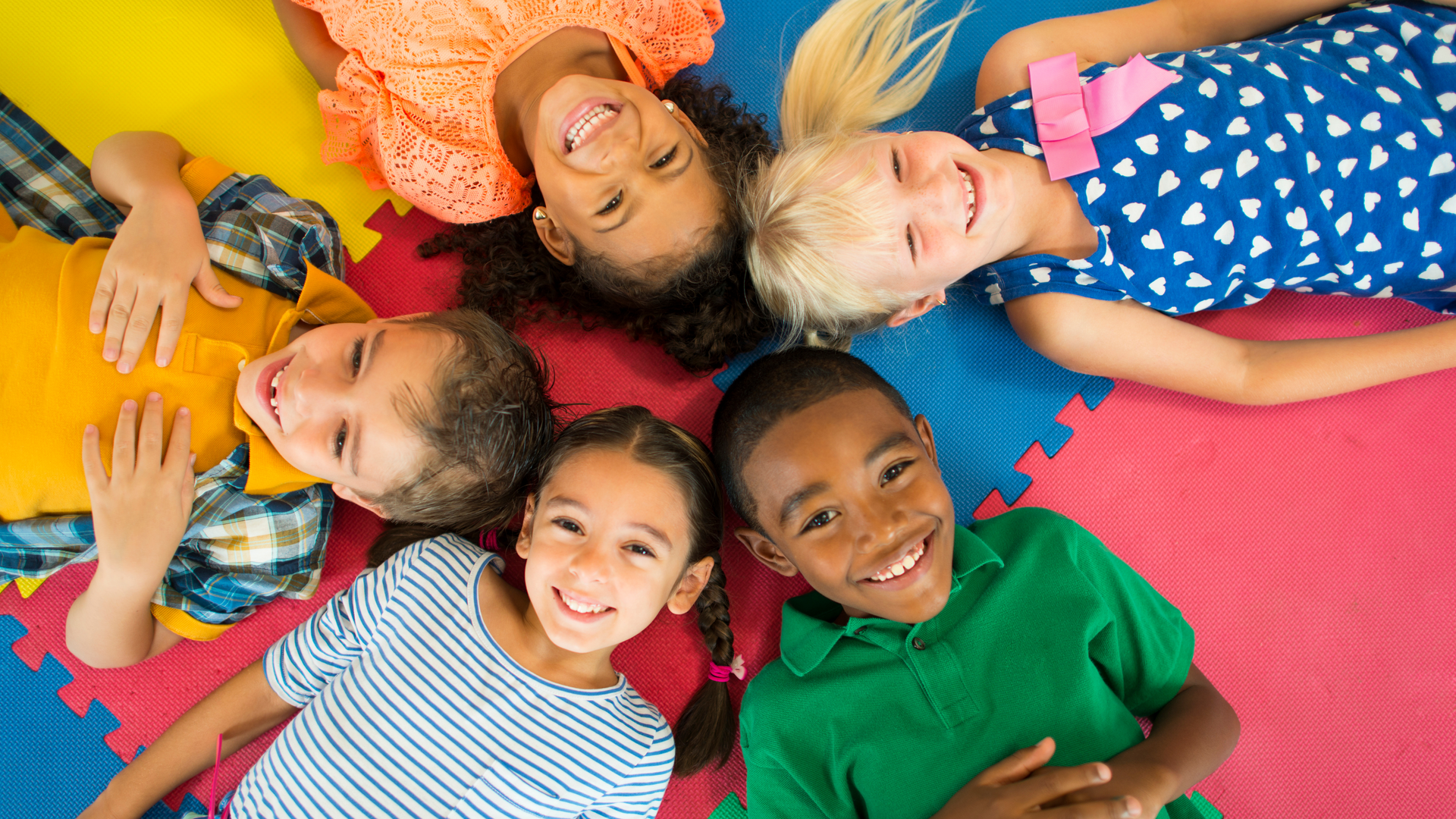
In today’s beautifully interconnected world, children are growing up in communities more diverse than ever before. At EduKids Academy, we believe it’s never too early to begin teaching children about the value of diversity, inclusion, and respect. By nurturing these core values from a young age, we help raise confident, empathetic, and open-minded individuals who appreciate differences and celebrate the uniqueness of everyone around them.
But what does it really mean to “celebrate diversity” in early childhood education? How can teachers and families teach respect and inclusion to preschoolers in age-appropriate ways? And what impact does this have on a child's development? Let’s explore how EduKids Academy incorporates diversity and inclusion into daily learning and why this commitment plays such an important role in shaping compassionate young minds.
What Is Diversity in Early Childhood?
Diversity includes all the ways in which people are different from one another—race, ethnicity, culture, language, family structure, abilities, gender identity, religion, traditions, socioeconomic background, and more.
In a preschool setting, embracing diversity means:
- Acknowledging and appreciating each child’s unique background and experiences
- Creating an inclusive environment where all children feel seen, heard, and valued
- Encouraging curiosity about others in a respectful and age-appropriate manner
- Preparing children to be kind, inclusive members of a diverse world
Inclusion is the practice of ensuring all children, regardless of their differences, feel welcome and supported in every aspect of their education. It’s about equitable access, participation, and opportunity.
Why It Matters: The Benefits of Teaching Inclusion Early
Children begin to notice differences in people as early as 6 months old. By preschool age, they start forming social preferences and perceptions based on these observations. That’s why it’s essential to introduce messages of acceptance and understanding early—before biases have a chance to take root.
Early inclusion education leads to:
- Increased empathy: Children learn to consider others' feelings and perspectives.
- Better communication skills: Exposure to diverse peers encourages open conversation.
- Greater self-confidence: When children feel accepted, they thrive emotionally and socially.
- Reduced prejudice: Early positive experiences with diversity build a foundation of respect.
- Collaborative learning: Diverse classrooms promote richer dialogue, cooperation, and creativity.
At EduKids Academy, we don’t view diversity as a one-time lesson. It’s part of the rhythm of our daily curriculum and classroom culture.
How EduKids Academy Teaches Inclusion and Respect Every Day
1. Culturally Inclusive Curriculum
Our lesson plans reflect the rich diversity of our students and the broader world. This includes:
- Stories and books featuring characters of various races, cultures, languages, and abilities
- Celebrating a variety of holidays and traditions throughout the year
- Learning simple words or greetings in other languages
- Exploring global music, art, and food in ways preschoolers can understand and enjoy
These experiences give children a glimpse into lives different from their own while also reinforcing the idea that all people deserve kindness and respect
2. Multicultural Representation in Materials
Children need to see themselves and others reflected in their learning environment. That’s why we stock our classrooms with:
- Diverse dolls, puzzles, and toys
- Posters and artwork showing people of different backgrounds
- Bookshelves filled with inclusive stories
- Learning materials that show families, communities, and abilities in a variety of forms
Representation fosters a sense of belonging and helps children understand that differences are normal and celebrated.
3. Open Dialogue and Guided Discussions
Preschoolers are naturally curious. When they ask questions like, “Why is his skin darker than mine?” or “Why does she use a wheelchair?” we treat these as opportunities for gentle, honest conversations.
Our teachers are trained to:
- Respond with age-appropriate answers
- Reinforce that differences are okay and valuable
- Use inclusive language and encourage children to do the same
- Address stereotypes or biased language when they arise
Rather than silence these conversations, we embrace them as teachable moments.
4. Role-Modeling Inclusive Behavior
Children learn as much from watching adults as they do from direct instruction. Our staff models inclusive behavior by:
- Treating every child with equal care and respect
- Using inclusive language when speaking to or about families
- Engaging with all students and parents in a warm, welcoming manner
- Demonstrating kindness, fairness, and understanding in all interactions
We also encourage older students to be leaders in inclusion by helping peers, inviting others to play, and celebrating each other’s successes.
5. Promoting Social-Emotional Learning
Social-emotional development is the backbone of inclusive education. Through our SEL (social-emotional learning) curriculum, children learn to:
- Recognize and manage their emotions
- Show empathy toward others
- Work together and solve problems peacefully
- Appreciate both similarities and differences
Activities like partner games, group storytelling, and kindness challenges give children daily practice in building inclusive relationships.
6. Partnering with Families
True inclusion extends beyond the classroom. We collaborate with families to ensure a consistent, respectful message across home and school by:
- Inviting parents to share their cultural traditions with the class
- Hosting multicultural family events and community days
- Providing resources on how to talk about diversity at home
- Encouraging an open dialogue with teachers about inclusion goals
Every family brings something special to our EduKids community, and we welcome their participation in helping children appreciate the richness of our shared world.
Handling Bias and Exclusion in Early Childhood
Despite our best efforts, children may occasionally exhibit exclusionary behaviors or repeat something inappropriate they’ve heard. These moments are not failures—they are important teaching opportunities.
When this happens, our educators:
- Gently correct the behavior without shaming
- Offer alternative, inclusive language or actions
- Help children understand how their words or choices affect others
- Reinforce empathy and kindness as classroom values
Over time, these consistent responses help children internalize positive, inclusive habits.
Building a Better Future, One Child at a Time
The children of today will be the leaders, creators, and change-makers of tomorrow. By teaching them to celebrate diversity and practice inclusion now, we equip them to build a more just, empathetic, and united world.
At EduKids Academy, we’re proud to help young children recognize the beauty in differences and the strength in unity. We believe that when children feel safe, valued, and accepted, they can truly blossom—academically, socially, and emotionally.
Final Thoughts
Teaching inclusion isn’t just about kindness—it’s about justice, empathy, and preparation for the world. At EduKids Academy, we are committed to raising children who are not only smart and curious but also compassionate, accepting, and ready to make the world a better place.
If you're interested in how early childcare programs can support your child’s growth socially, emotionally, and intellectually, be sure to explore our related articles: The 7 Advantages of Early Childcare Enrollment and What’s the Best Age to Start Childcare?. These insights can help you make informed decisions about your child's early learning journey.
